Year 2
The English curriculum is built around the three interrelated strands of language, literature and literacy. Teaching and learning programs should balance and integrate all three strands. Together, the strands focus on developing students' knowledge, understanding and skills in listening, reading, viewing, speaking, writing and creating. Learning in English builds on concepts, skills and processes developed in earlier years, and teachers will revisit and strengthen these as needed.
In Year 2, students communicate with peers, teachers, students from other classes and community members.
Students engage with a variety of texts for enjoyment. They listen to, read, view and interpret spoken, written and multimodal texts in which the primary purpose is to entertain, as well as texts designed to inform and persuade. These encompass traditional oral texts, picture books, various types of print and digital stories, simple chapter books, rhyming verse, poetry, non-fiction, film, multimodal texts, dramatic performances and texts used by students as models for constructing their own work.
The range of literary texts for Foundation to Year 10 comprises Australian literature, including the oral narrative traditions of Aboriginal and Torres Strait Islander Peoples, as well as the contemporary literature of these two cultural groups, and classic and contemporary world literature, including texts from and about Asia.
Literary texts that support and extend Year 2 students as independent readers involve sequences of events that span several pages and present unusual happenings within a framework of familiar experiences. Informative texts present new content about topics of interest and topics being studied in other areas of the curriculum. These texts include language features such as varied sentence structures, some unfamiliar vocabulary, a significant number of high-frequency sight words and words that need to be decoded phonically, and a range of punctuation conventions, as well as illustrations and diagrams that support and extend the printed text.
Students create a range of imaginative, informative and persuasive texts including imaginative retellings, reports, performances, poetry and expositions.
(source: www.australiancurriculum.edu.au)
Achievement Standard
Receptive modes (listening, reading and viewing)
By the end of Year 2, students understand how similar texts share characteristics by identifying text structures and language features used to describe characters and events, or to communicate factual information.
They read texts that contain varied sentence structures, some unfamiliar vocabulary, a significant number of high-frequency sight words and images that provide extra information. They monitor meaning and self-correct using knowledge of phonics, syntax, punctuation, semantics and context. They use knowledge of a wide variety of letter-sound relationships to read words of one or more syllables with fluency. They identify literal and implied meaning, main ideas and supporting detail. Students make connections between texts by comparing content. They listen for particular purposes. They listen for and manipulate sound combinations and rhythmic sound patterns.
Productive modes (speaking, writing and creating)
When discussing their ideas and experiences, students use everyday language features and topic-specific vocabulary. They explain their preferences for aspects of texts using other texts as comparisons. They create texts that show how images support the meaning of the text.
Students create texts, drawing on their own experiences, their imagination and information they have learnt. They use a variety of strategies to engage in group and class discussions and make presentations. They accurately spell words with regular spelling patterns and spell words with less common long vowel patterns. They use punctuation accurately, and write words and sentences legibly using unjoined upper- and lower-case letters.
(source: www.australiancurriculum.edu.au)
- Plus Plan
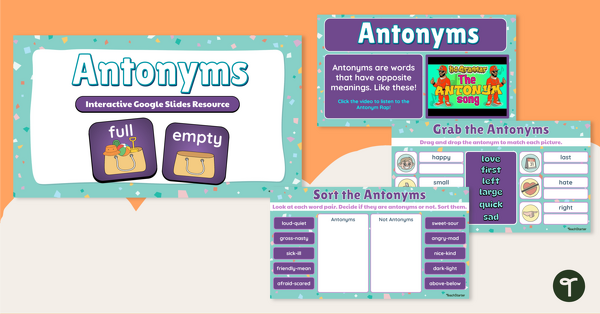
Antonyms Interactive Activity
Discover the world of antonyms with an engaging digital learning activity.
- Plus Plan

Antonyms Puzzle Activity
Print a set of 18 antonym puzzles to practise using opposite words.
- Plus Plan
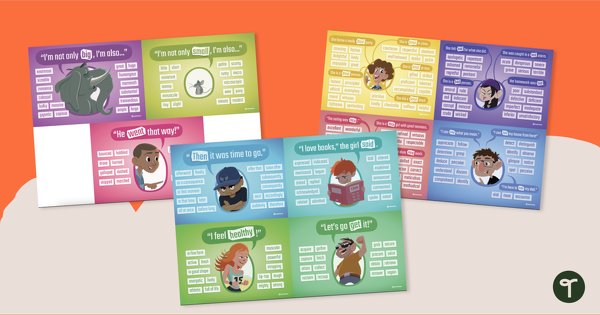
Synonyms - Printable Flashcards
Build vocabulary skills with individual Synonym anchor chart flash cards.
- Plus Plan

Antonym Worksheets - Year 2
Practise identifying and using antonyms with a set of four synonym worksheets for early years students.
- Free Plan
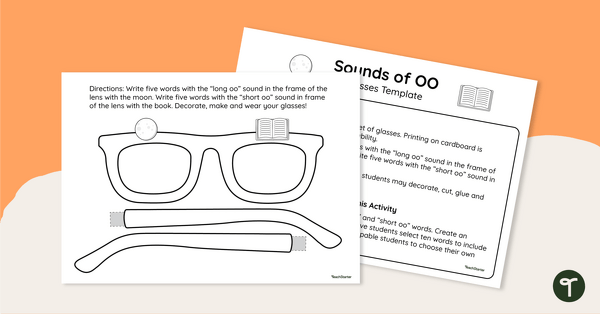
Sounds of OO - Glasses Template
Review the long and short ‘oo’ sound by creating a pair of ‘sOOper’ funky glasses!
- Plus Plan
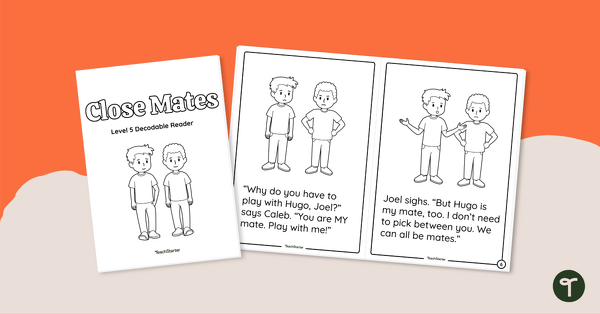
Close Mates - Decodable Reader (Level 5)
Develop confident, successful readers with this phonics-based, printable decodable book.
- Plus Plan
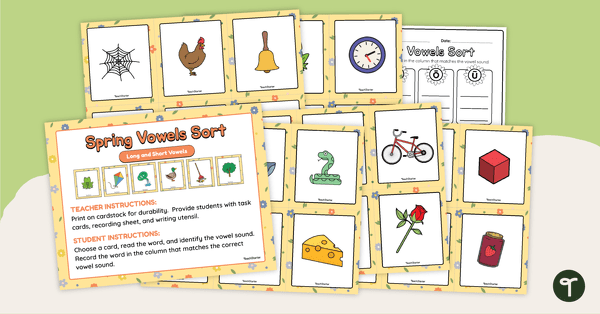
Short and Long Vowel Sorting Activity - Spring
Practise distinguishing short and long vowels with a fun literacy station sorting activity.
- Plus Plan
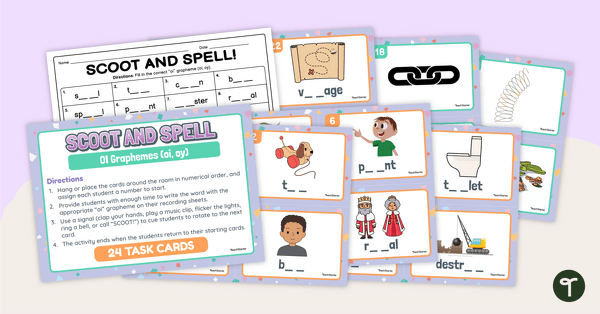
OI Graphemes - SCOOT! Task Cards
Explore words containing graphemes that make the diphthong ‘oi’ with this active classroom game that will get your students moving!
- Plus Plan
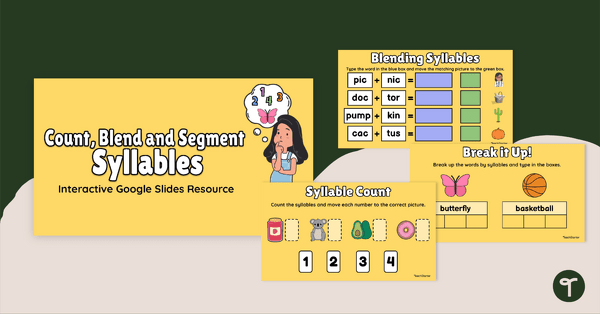
Counting, Blending and Segmenting Syllables Interactive Activity
Practise blending, segmenting and counting syllables in words with an Interactive activity.
- Plus Plan
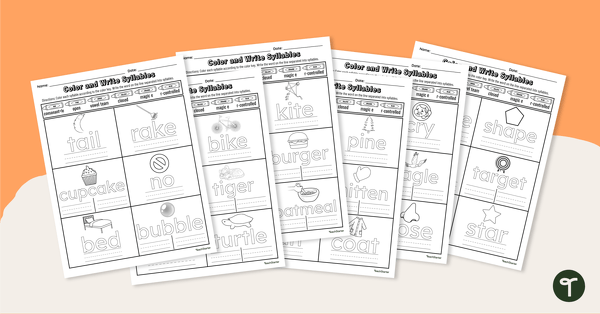
Identifying Syllable Types - Worksheets
Practise breaking words into syllables and identifying the corresponding syllable types with this set of six worksheets.
- Plus Plan
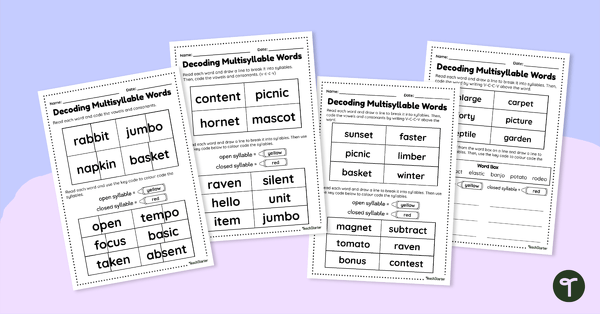
Multisyllable Words Worksheets
Build multisyllable word decoding skills with a Science of Reading based worksheet pack.
- Plus Plan
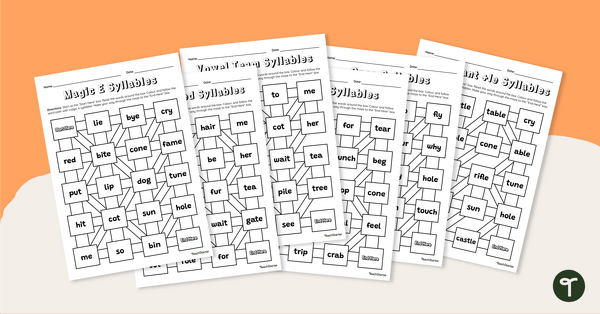
Syllable Type Mazes - Worksheets
Strengthen students’ understanding of the six types of syllables with this set of 6 syllable mazes.
- Plus Plan
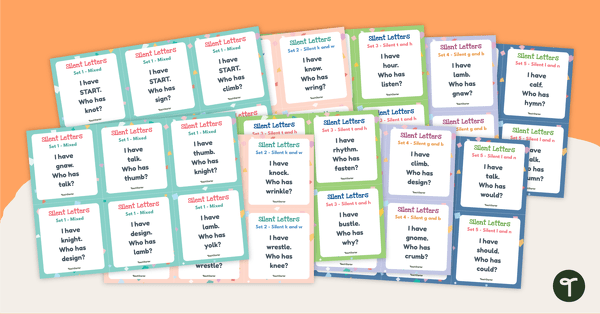
I Have, Who Has? Game - Silent Letters
Review silent letters in one- and two-syllable words with this whole-class literacy game.
- Plus Plan
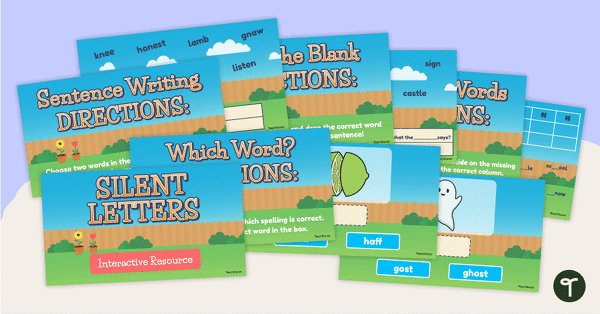
Silent Letters Interactive Activity
Explore silent letters in one- and two-syllable words with this interactive spelling activity.
- Plus Plan
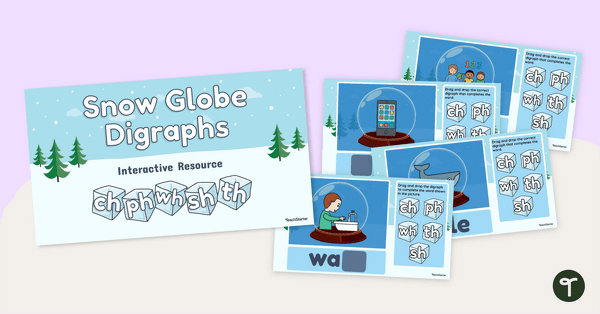
Snow Globe Digraphs - Google Interactive Activity
Bring some winter fun into your phonics lessons with this interactive snow globe activity.
- Free Plan
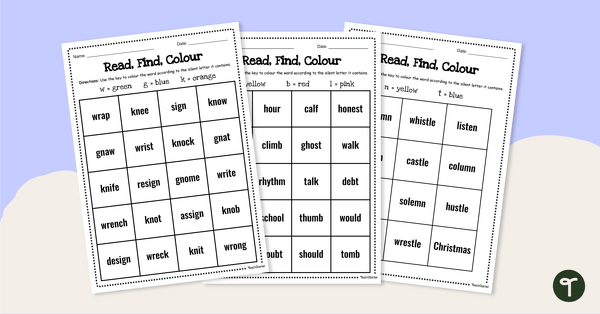
Silent Letters Worksheets - Read, Find and Colour
Identify silent letters in words with this set of three find and colour worksheets.
- Plus Plan
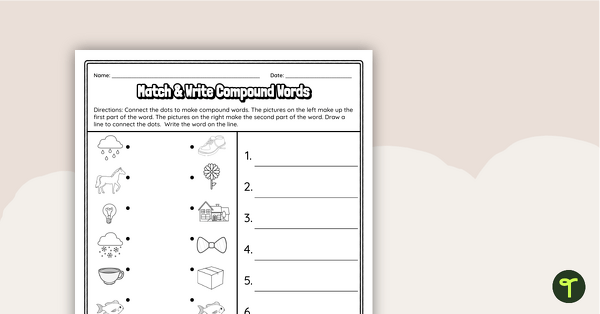
Match and Write Compound Words - Worksheet
Match and write to form compound words with a compound word worksheet.
- Plus Plan
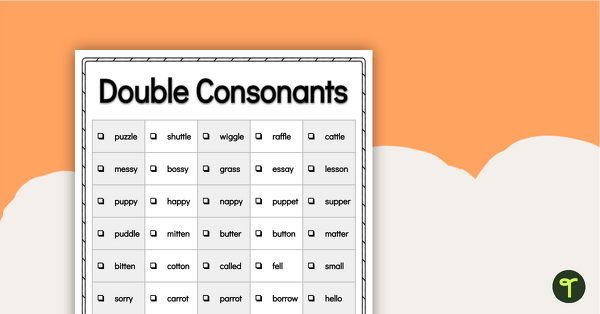
Word Study List - Double Consonants
Introduce and explore words containing double consonants with this extensive list.
- Plus Plan
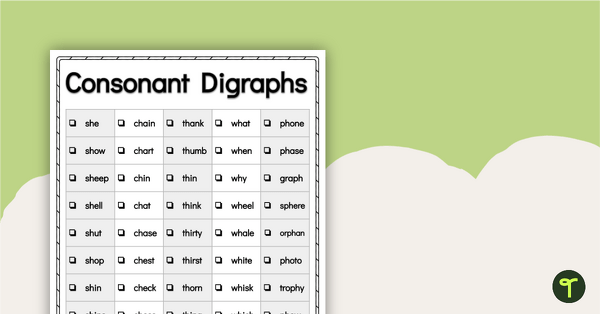
Word Study List - Consonant Digraphs
Introduce and explore common consonant digraphs with this extensive list of words.
- Plus Plan
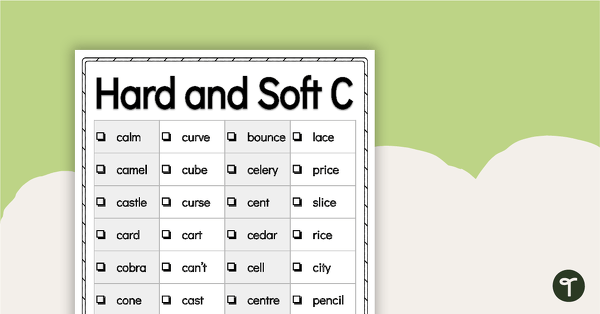
Word Study List - Hard and Soft C
Introduce and explore words containing the hard and soft c with this extensive list of words.
- Plus Plan
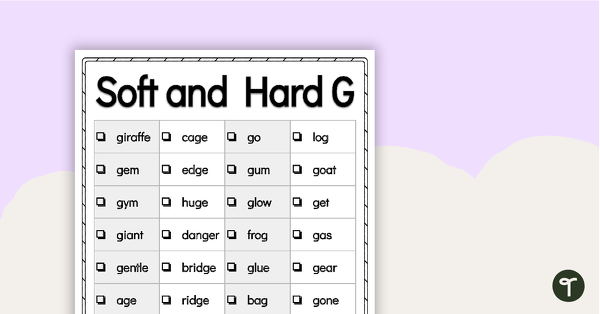
Word Study List - Hard and Soft G
Introduce and explore words containing the hard and soft g with this extensive list of words.
- Plus Plan

Word Study List - Prefixes
Introduce and explore common prefixes with this extensive list of words.
- Plus Plan
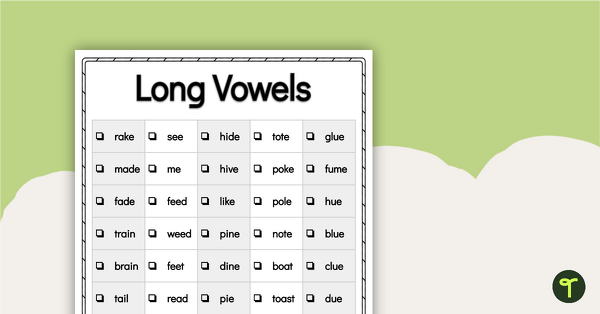
Word Study List - Long Vowels
Introduce and explore words containing graphemes that make long vowel sounds with this extensive list of words.
- Plus Plan
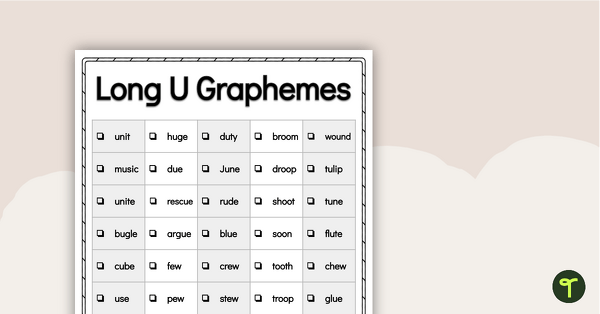
Word Study List - Long U Graphemes
Introduce and explore words containing graphemes that make the ‘long u’ sound with this extensive list of words.
- Plus Plan
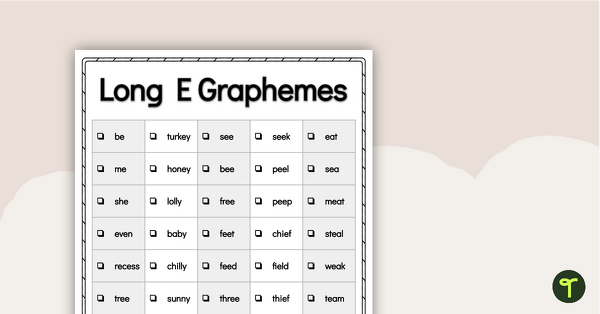
Word Study List - Long E Graphemes
Introduce and explore words containing graphemes that make the ‘long e’ sound with this extensive list of words.
- Plus Plan
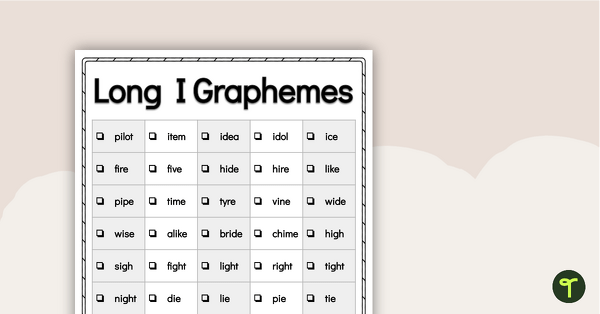
Word Study List - Long I Graphemes
Introduce and explore words containing graphemes that make the ‘long i’ sound with this extensive list of words.
- Plus Plan
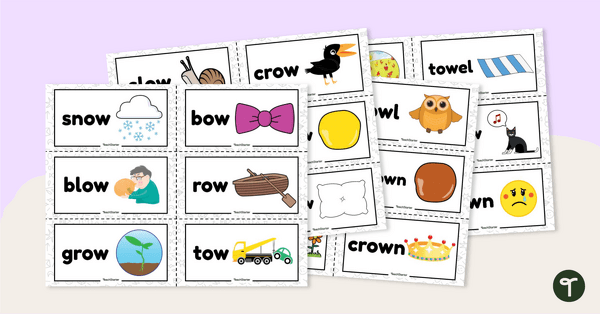
The OW Digraph - Sorting Activity
Practise reading words containing the 'ow' digraph using this hands-on sorting activity.
- Plus Plan
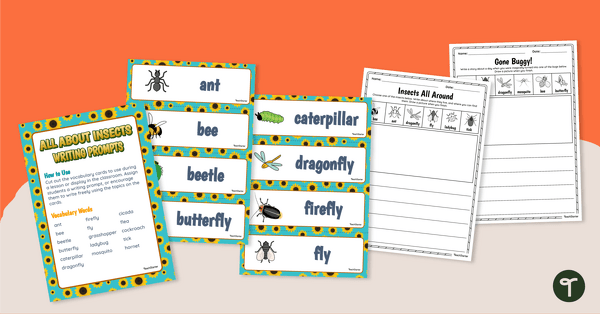
Insect-Themed Flashcards and Writing Prompts
Inspire young entomologists to read and write about insects with minibeast writing prompts and word wall cards.
- Plus Plan
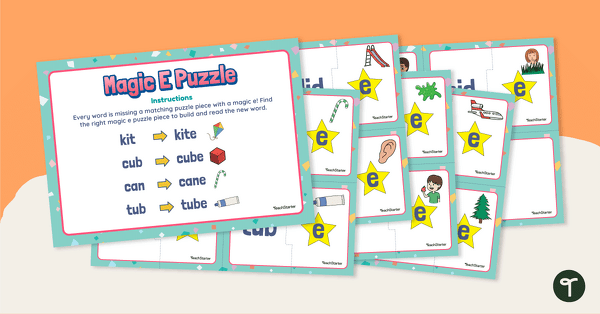
Magic E Words - Match-Up Activity
Explore words containing long vowel sounds created by the magic e.
- Plus Plan
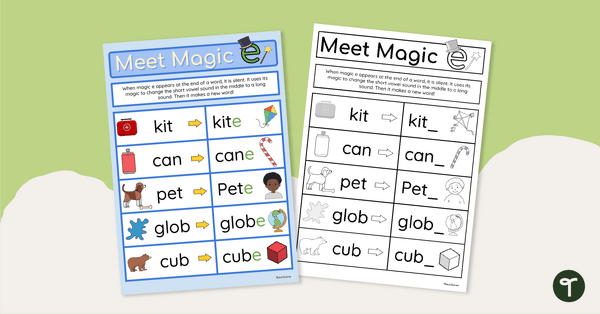
Meet Magic E - Poster
Display this educational poster in your classroom to remind your students how words can be transformed by the magic e!
- Plus Plan
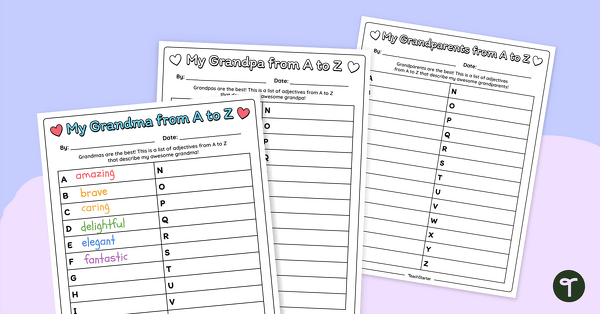
Grandparents' Day Worksheet — Adjectives A to Z
Celebrate Grandparents' Day in the classroom with awesome adjectives!
- Plus Plan
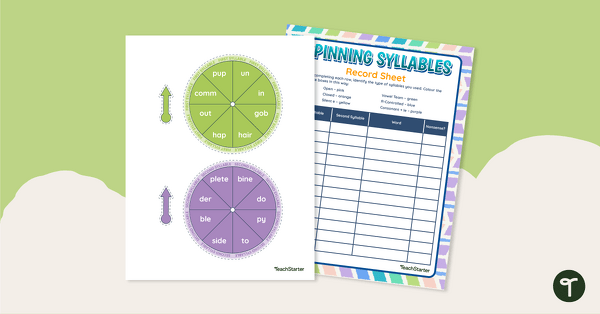
Spinning Syllables Game
Create words using a variety of syllable types with these spinners.